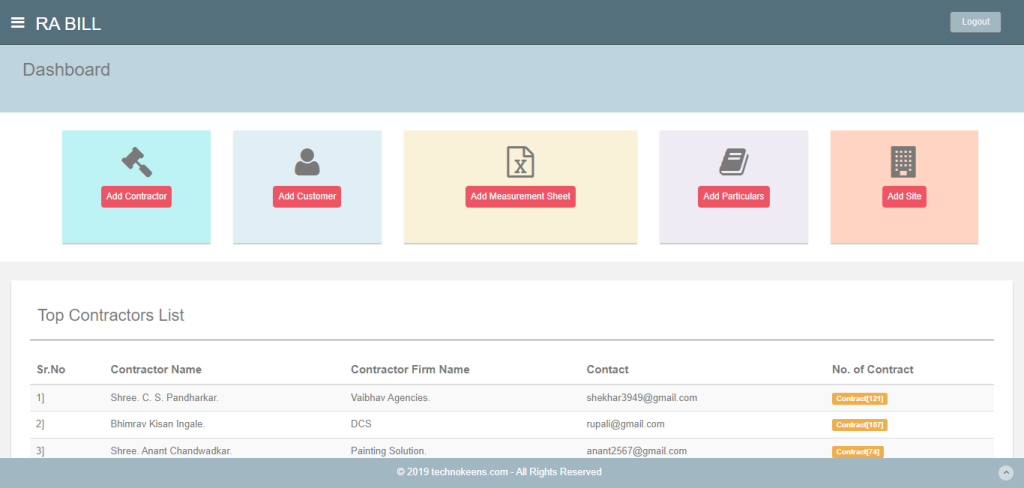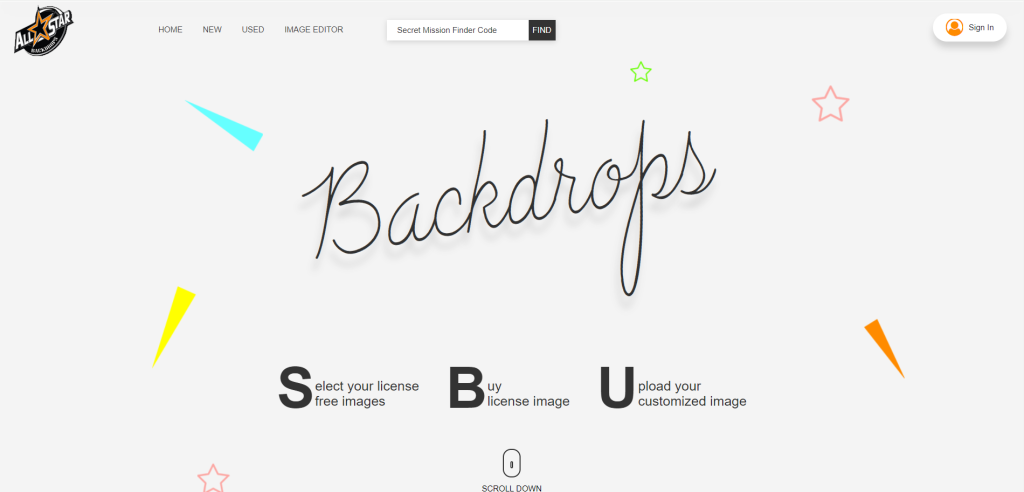Usability Testing
Technokeens: Enhancing Software Experience through Usability Testing
Usability testing is a crucial step in the software development process that focuses on evaluating the user experience and effectiveness of a software application. It involves testing the software with real users to identify any usability issues and gather feedback to improve the overall user experience.
Overview
Here's an overview of the usability testing process for software
Define Testing Objectives: Start by clearly defining the objectives of the usability testing. Determine what aspects of the software’s usability you want to evaluate, such as ease of use, efficiency, learnability, error prevention, or user satisfaction.
Identify User Profiles: Identify the target users for the software and create user profiles representing the intended audience. Consider factors such as age, experience level, technical expertise, and any other relevant characteristics that may impact their interaction with the software.
Create Test Scenarios: Develop realistic test scenarios that simulate typical user tasks and workflows. These scenarios should cover a range of functionalities and interactions within the software. Test tasks can be designed to assess specific aspects of usability or to evaluate the overall user experience.
Recruit Participants: Recruit participants who match the identified user profiles. Aim for a diverse group of participants to ensure a representative sample. The number of participants may vary depending on the scope and resources available, but typically 5-10 participants can uncover a significant number of usability issues.
Conduct Testing Sessions: Conduct individual testing sessions with each participant, preferably in a controlled environment such as a usability lab. Clearly explain the objectives and tasks to participants and encourage them to think aloud while performing the tasks. Observe their interactions with the software and note any usability issues they encounter.
Gather Feedback: After each testing session, gather feedback from participants through interviews or questionnaires. Ask about their overall impressions, ease of use, difficulties encountered, suggestions for improvement, and any other insights they can provide.
Analyze Results: Analyze the data collected from testing sessions and feedback to identify recurring usability issues and patterns. Categorize the issues based on severity and prioritize them for further action. Use qualitative and quantitative analysis techniques to gain insights into user behavior and preferences.
Make Improvements: Based on the identified usability issues, make necessary improvements to enhance the software’s usability and user experience. This may involve redesigning interface elements, simplifying workflows, improving error messages, or addressing specific user pain points.
Iterate and Repeat: Usability testing is an iterative process, so once improvements have been implemented, conduct another round of testing to validate the effectiveness of the changes made. Repeat this cycle as needed until the desired level of usability is achieved.
Industries

Building Better Software: Harnessing Participant Feedback for Enhanced Usability
Recruiting participants who match the identified user profiles is essential to ensure a representative sample. Individual testing sessions are conducted with each participant in a controlled environment, allowing for observation of their interactions with the software and noting any usability issues encountered. Feedback is gathered from participants through interviews or questionnaires, focusing on their overall impressions, ease of use, difficulties encountered, and suggestions for improvement. The collected data and feedback are then analyzed to identify recurring usability issues and patterns, helping prioritize areas for improvement.
Impact
Improving Software Usability: Enhancing User Experience through Testing and Communication
Based on the identified usability issues, necessary improvements are made to enhance the software’s usability and user experience. This may involve redesigning interface elements, simplifying workflows, or addressing specific user pain points. Usability testing is an iterative process, and once improvements have been implemented, another round of testing is conducted to validate their effectiveness. Throughout this process, effective communication of the findings and recommendations with relevant stakeholders is crucial to ensure that all are aware of the usability enhancements and can provide input or support as needed.

Related Case Studies
Take a look at
these related case studies

Renovation System Pro
Introducing a comprehensive project management and financial solution for the renovation industry, designed to streamline resource management, predict uncertainties with AI-driven anomaly detection, and facilitate financing through credibility analysis and fintech collaboration, complemented by a simplified and transparent bidding platform for project and property owners

House Owner Management System
Explore the challenges faced by property owners like Mr. Johnson who juggle the complexities of managing a portfolio of rental properties, and society owners struggling with the demands of overseeing community operations, as they both seek efficient systems to streamline task management, communication, and organizational responsibilities.

E-Painter

E-Tender

ASBD All Star Backdrop

Student Management System

E-Commerce Grocery Store

Investment Advisory Service

Taxi Booking App

Estimate Generator And Management Portal
Government employees, specifically junior engineers, are responsible for creating and managing estimates in an Excel sheet. This process involves using specific formulas for calculations. However, due to the large amount of data and records, searching, deleting, and updating records is a lengthy and time-consuming task.

Student Management System

